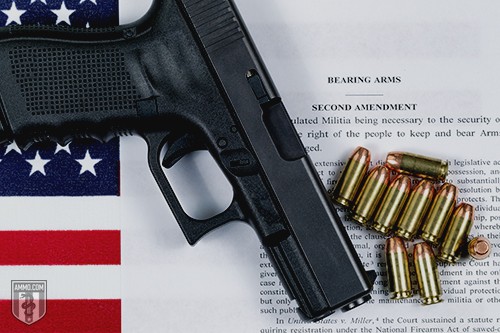
“More guns, more problems?” That’s a mantra being sung at dinner tables and school board meetings as the national conversation over guns comes to a screeching halt. Gun ownership was virtually sewn into the American quilt for decadeshalf tradition, half security, and for some, a rite of passage. But in recent times, something’s changed. Headlines, studies, and daily worries are all prompting Americans to reevaluate keeping a gun in their dwelling.
The reasons behind this shift are as multifaceted as the nation itself. From the grim ubiquity of mass shootings to the changing face of gun culture, Americans are posing more difficult questions about responsibility, security, and the actual price of gun ownership. A look at the most persuasive reasonssome self-evident, some less sothat are driving this national reassessment follows.
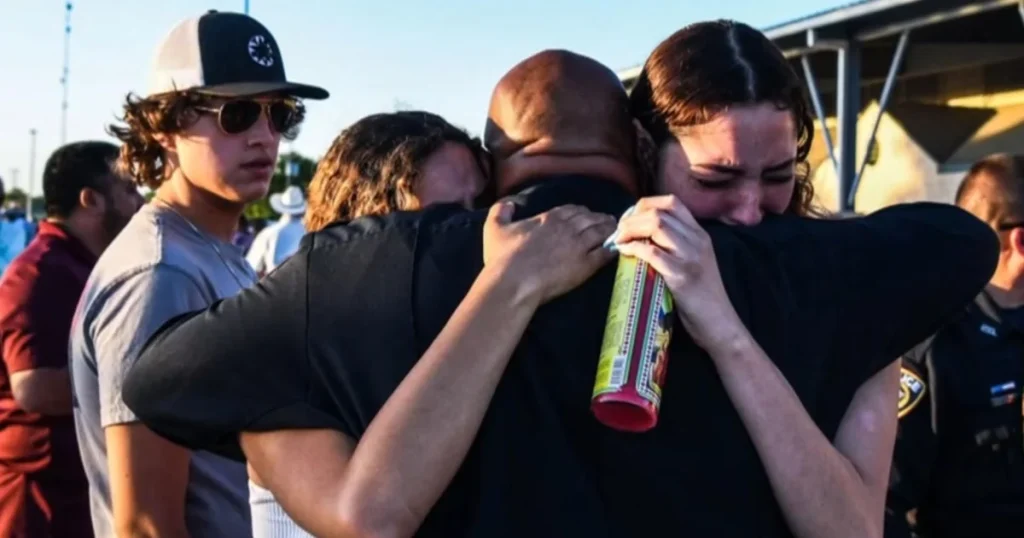
1. Mass Shootings and the Public Health Crisis
The message of repetitive mass shooting reports. Isn’t it background noise anymoreit’s a warning sign. The US surgeon general recently declared gun violence a public health crisis, a move as historic as it is somber. In a Pew Research Center survey, nearly half of Americans now consider gun violence a significant issue, with parents reporting growing fear of school shootings and teachers expressing the same sentiment. This is not about statistics; it is about the insidious sense that there is nowhere that really is safe. As these tragedies become too frequently heartbreaking, increasingly Americans are asking whether more guns do make people saferor just fuel the fires.
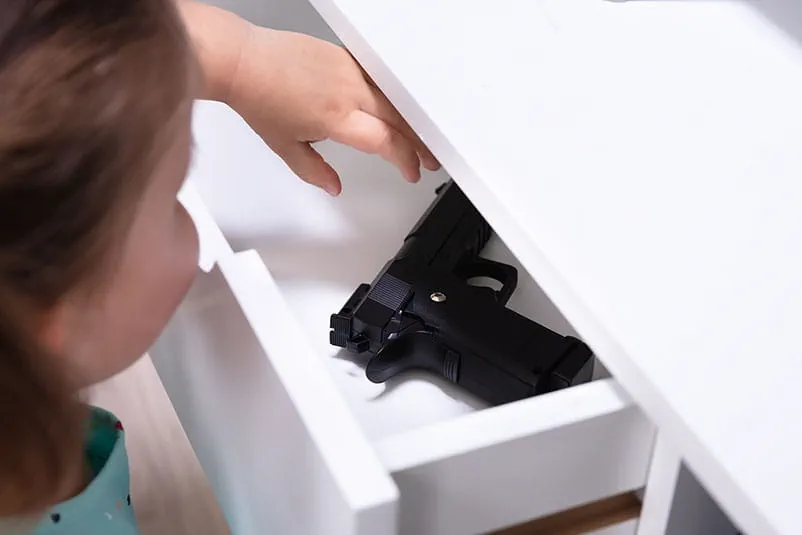
2. Children, Accidents, and the Hidden Threats at Home
For parents, an accessible loaded gun left in the house is becoming increasingly worrisome. It is not unusual that children are involved in accidental shootings, and the consequences are disastrous. With the risks being weighed, most are choosing that the extra stress factor just isn’t worth it. Scientific American quoted Researcher Nick Buttrick as stating, “Finding ways to get people to store their guns safely so that it’s not as easy to just grab those guns in that instant moment.is a good place to start.” The push for safer gun storage and safety is not just about having peace of mindit’s about saving lives and preventing tragedies all too real to far too many families.
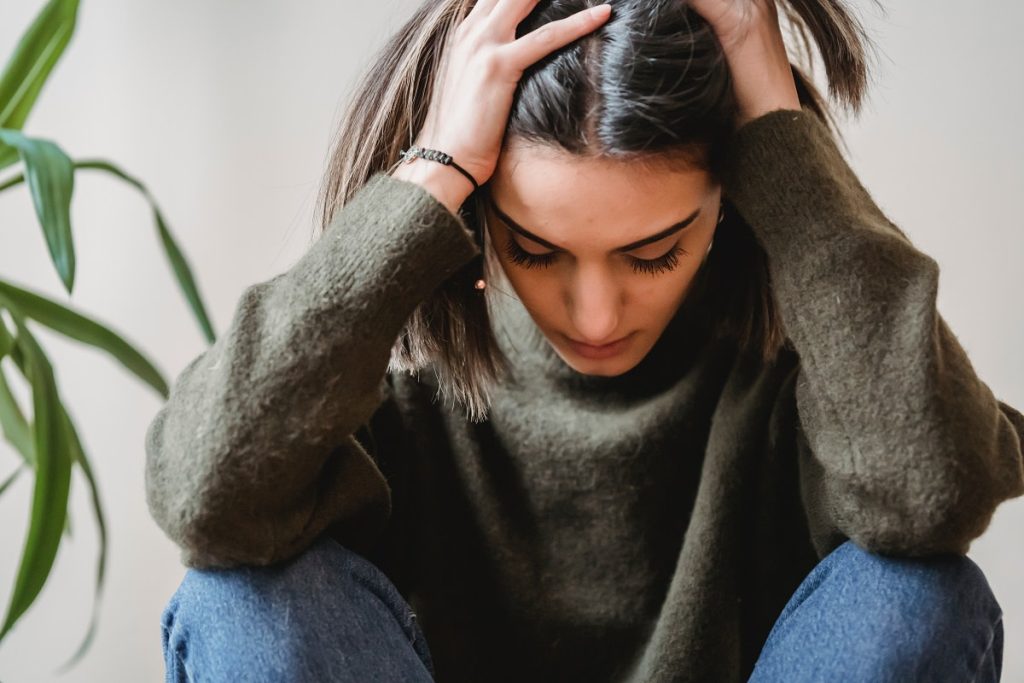
3. The Mental Health Aspect: Suicide and Crisis Situations
Mental health is at last gaining recognition for its value, and that brings with it a better understanding of how guns make crisis situations fatal. According to research, having a gun available in the home can heighten the risk of suicide among teenagers and young adults. As talk of depression and mental illness rises, so does awareness that ready access to guns can convert a moment of despair into irreversible tragedy. That realization is leading folks to reconsider not only where they store their guns, but whether or not they even need them in the house.
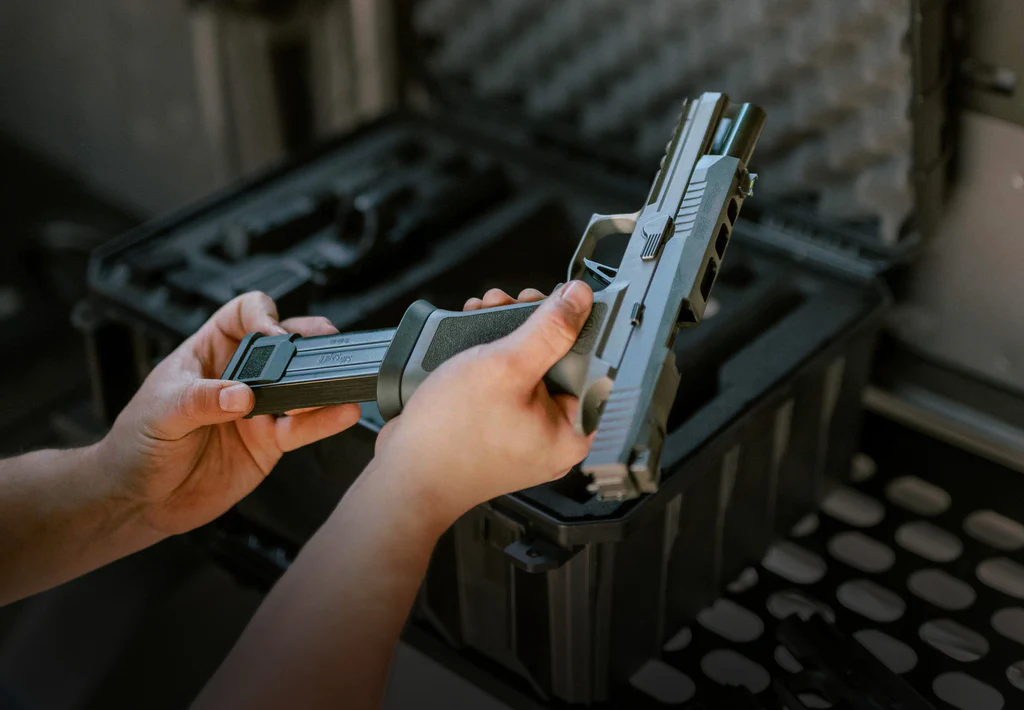
4. The Myth of Safety: Do Guns Really Protect?
The idea that having a gun necessarily makes you safer is being defied both by fact and by experience. While recent surveys cite that 72% of gun owners cite protection as the main reason for them to keep a gun, the reality is otherwise. Crime rates themselves have actually declined very significantly since the 1990s, but fear of crime has grown among Americans, fueled by the media and the internet. The “dangerous world” perceptionpsychologists call it BDWis what makes people buy guns, even when the threat is really small. In reality, most burglaries and emergencies are too fast to be helped by a gun and sometimes having a gun increases the danger instead of decreasing it. The disconnect between reality and perception is causing many to wonder if a gun is really the safety net they thought it to be.
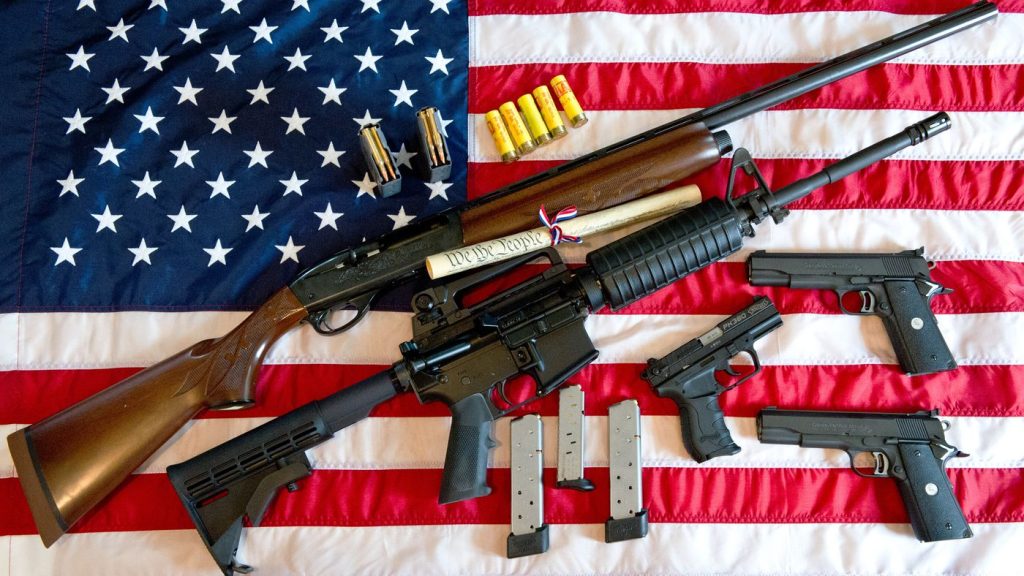
5. Changing Culture: Identity, Politics, and Perception’s Power
Gun culture is evolving. Where once firearms were simply tools of hunting or sport, now they are inescapably intertwined with identity and politics. Sociologist Jennifer Carlson writes that for some, guns are about reclaiming a degree of control or masculinity in a threatening world. But times are changingyounger adults care less about gun culture, and the conversation is widening to involve more voices and more restraint. A 2024 Pew poll states that a narrow majority of Americans now report that society is worse off with more guns. This cultural change is making space for new solutions and a more refined conversation about what safety really is.
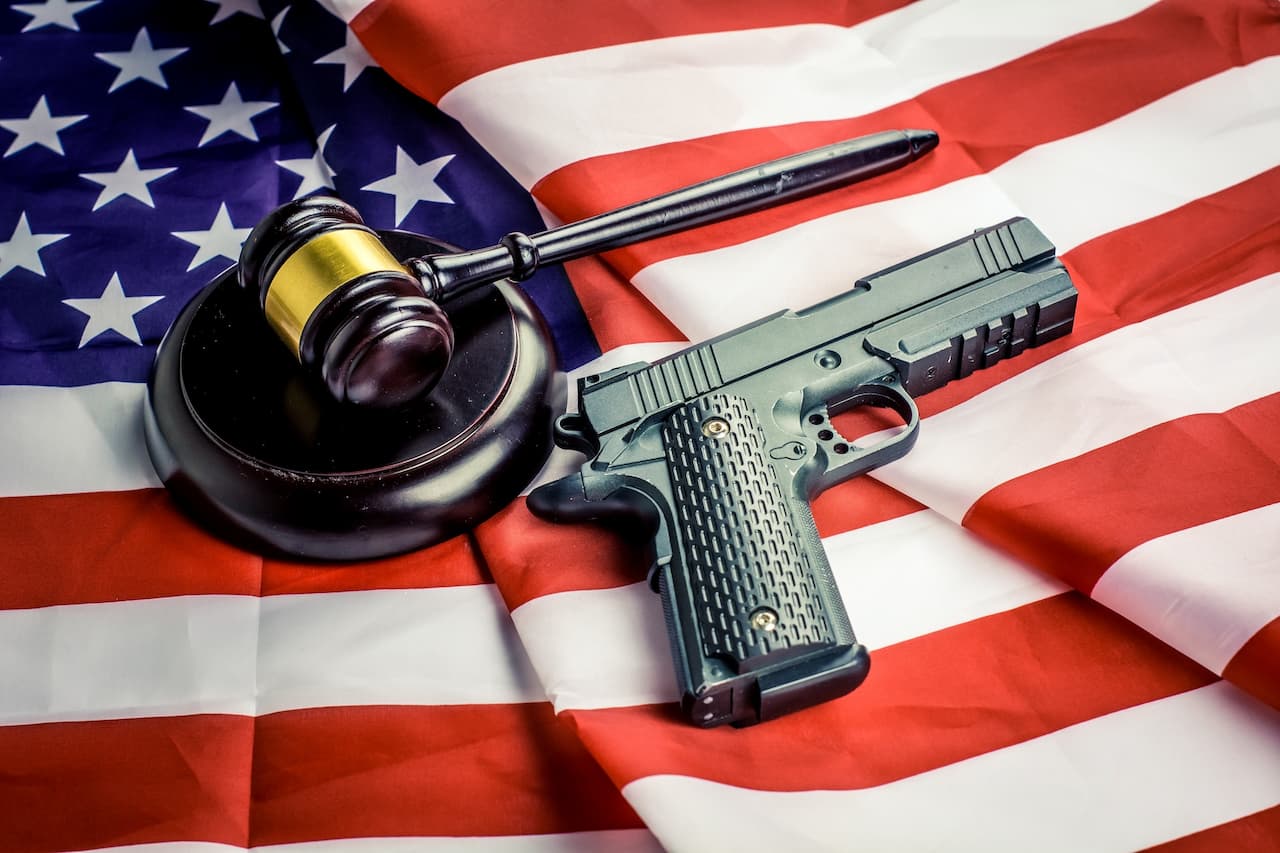
6. Political Divides and the Law’s Confused Patchwork
The gun law patchwork in America is a headache unto itself. What’s legal in one state is illegal in another, and the rules change. The partisan difference is dramatic: 86% of Democrats believe it’s too easy to obtain a gun, but only 34% of Republicans agree. Cities, suburbs, and rural areas also have differing opinions, with city residents by far the most in favor of stronger laws. This quilted array of statutes makes many Americans anxious about adhering to them and frustrated by uncertainty. The uncertainty is among the highest reasons for others not to have guns at all.
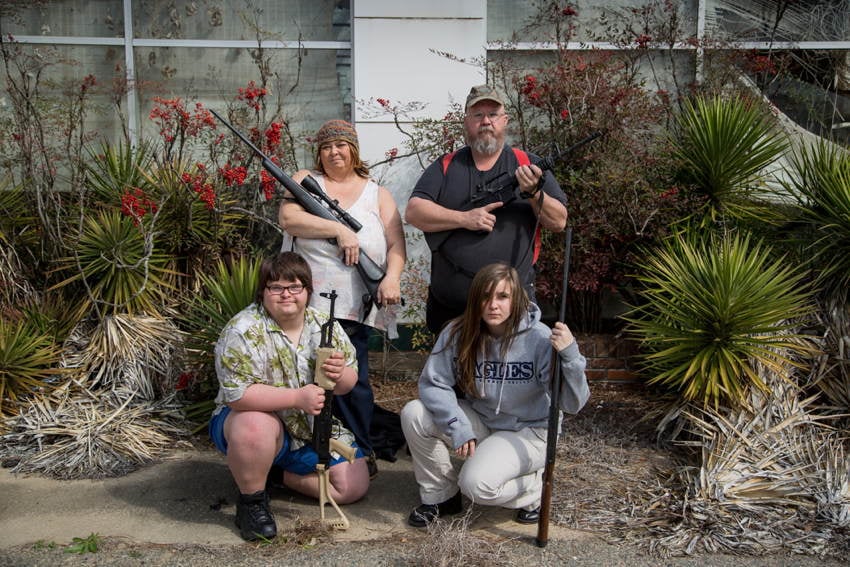
7. The Role of Media and Marketing
The manner in which guns are being marketed has undergone tremendous change in the past decades. Gun commercials nowadays are not as much focused on hunting, but on self-defense and empowerment of individuals, recent research indicates. Ads with headlines like “Think about having your man card reissued” are tapping into fears of loss and masculinity of control. Such messages can be incendiary as well, however, by pushing the idea that the world is a dangerous place. This cycle of fear-and-marketing has driven gun sales, but it’s also driving a backlash as more Americans are asking whether such tales are healthyor even factual.
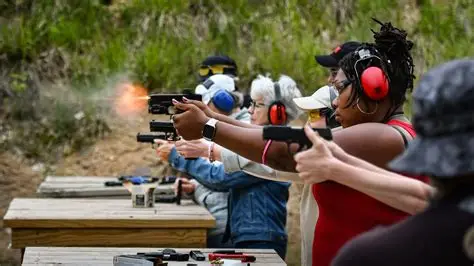
8. Demographics and Shifting Attitudes
Gun ownership is not equally distributed across the country. It’s more common among white Americans, rural residents, and males, but even these patterns are shifting. Fifty percent of non-gun owners say they could see themselves owning a gun someday, but that number is falling as sense of responsibility and safety issues increase. Young adults and urbanites are less inclined to embrace gun culture, which is a shift in attitude generation. As new voices are heard, the old assumptions regarding who controls gunsand whyare being undermined.
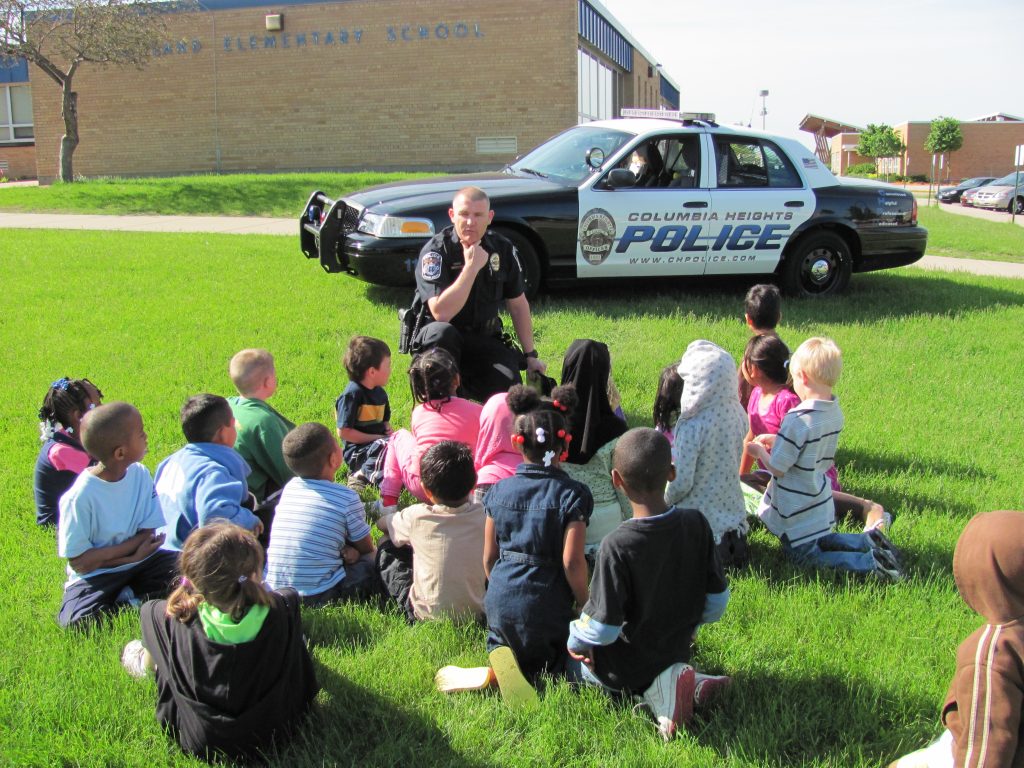
9. Trust in Law Enforcement and Community Safety
In most Western nations, citizens trust law enforcement to ensure their safety. In the U.S., however, trust in the police is highly variable and may shape gun ownership decisions. Research suggests that the more suspicious people are of police, the more likely they are to buy a gun for self-protection. But as police community-policing programs grow and the conversation about public safety evolves, some Americans are questioning if personal weaponry is the answer. Placing trust in institutions and next-door neighbors may be just as effective a deterrent as any gun.
America’s gun culture is at a crossroads. The ancient stories of tradition and protection are being re-evaluated in the context of new terror, new statistics, and shifting culture. As more Americans consider the actual risks and benefits of gun ownership, the debate is becoming less political and more about what actually protects us. The road forward won’t be smooth, but it’s guaranteed that the mood of the nation is shiftingone talk at a time.


